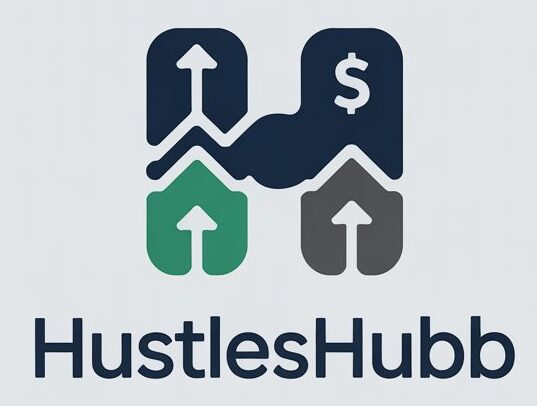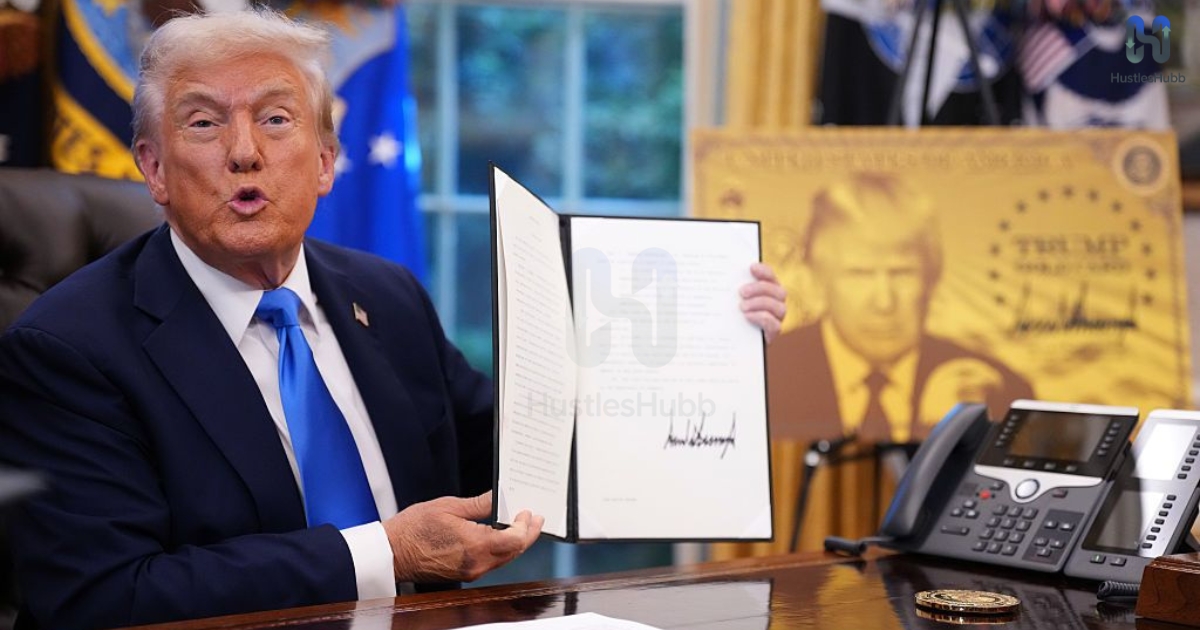Trump’s $100,000 H1B visa fee in 2025 sparks debate, impacting tech workers, foreign talent, and U.S. competitiveness.
What is the H1B Visa and Why It Matters in the United States
The H1B visa has always been a central part of the U.S. competitiveness in technology and innovation. It gives American employers the chance to hire skilled immigrants when local talent is not enough to meet demand. For many foreign-born workers, the H1B visa program is more than just a job permit;
It is an immigration pathway that can eventually lead to permanent residency. In 2025, however, the program faces its most dramatic shift yet with a shocking $100,000 fee announced by Donald Trump. This move could reshape how tech companies, startups, and industries across the United States manage their workforce needs.
Trump’s New $100,000 H1B Visa Fee – Full Breakdown
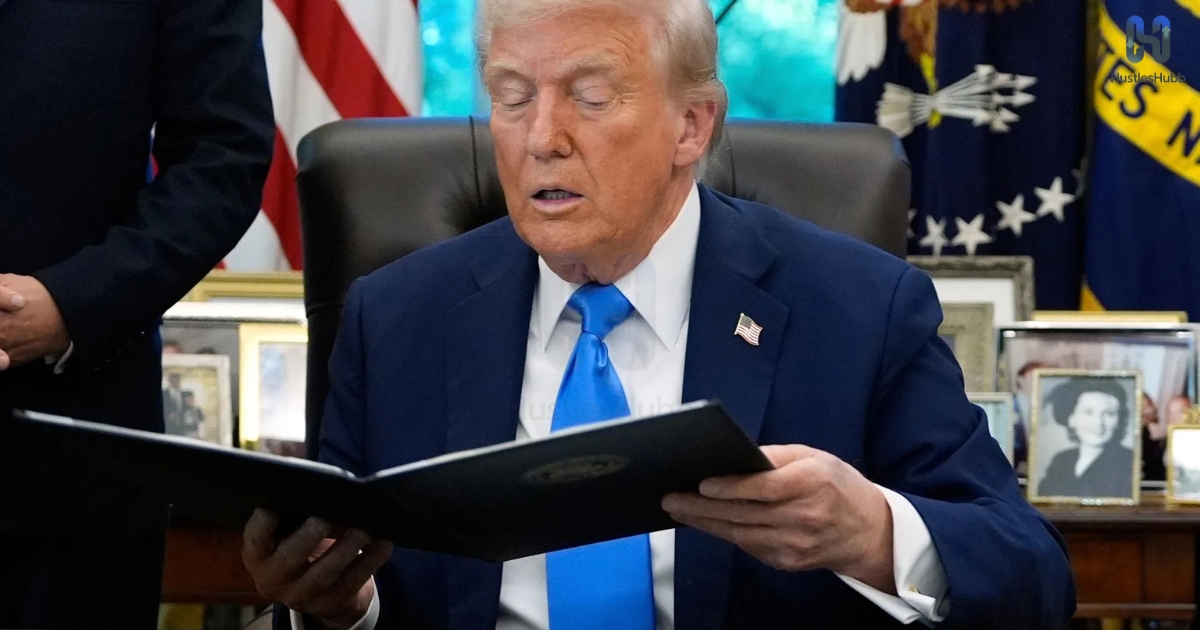
In September 2025, Donald Trump announced a new policy from the Oval Office, setting a $100,000 application fee for all new H1B visa applicants. According to Commerce Secretary Howard Lutnick, the administration is considering whether this will be charged all at once ($300,000 for three years) or $100,000 fee each year.
Alongside this, Trump introduced the $1 million gold card visa and the $2 million company sponsorship pathway. This so-called gold card program allows wealthy individuals or corporations to fast-track immigration. Critics argue that this creates a system where only the richest can benefit from legal entry into the United States.
The Immigration Proclamation and Its Legal Standing
The new proclamation was signed at Chequers, Aylesbury, England, during a press conference with UK Prime Minister Keir Starmer. Legal experts note that U.S. presidents, under immigration law, hold broad authority to restrict or expand entry. This makes the proclamation powerful, though not immune to legal challenges.
The Department of Homeland Security will play a major role in enforcing the new policy. Lawsuits could still emerge, as many immigration lawyers argue that the immigration crackdown unfairly targets foreign-born workers who are vital to the American economy.
Why the $100K Fee is a Blow to Tech Companies
For tech companies, this new H1B visa fee is a serious concern. Big firms like Google, Microsoft, and Amazon rely heavily on the program to hire foreign talent in fields such as AI and software engineering. Without it, there could be a severe workforce shortage in critical areas.
Startups will likely suffer the most. Unlike large corporations, smaller businesses cannot easily absorb the costs of a $100,000 application fee. Analysts fear this will slow down innovation in Silicon Valley, where skilled immigrants have historically played a major role.
Impact of H1B Visa Fee on Foreign Workers and Applicants
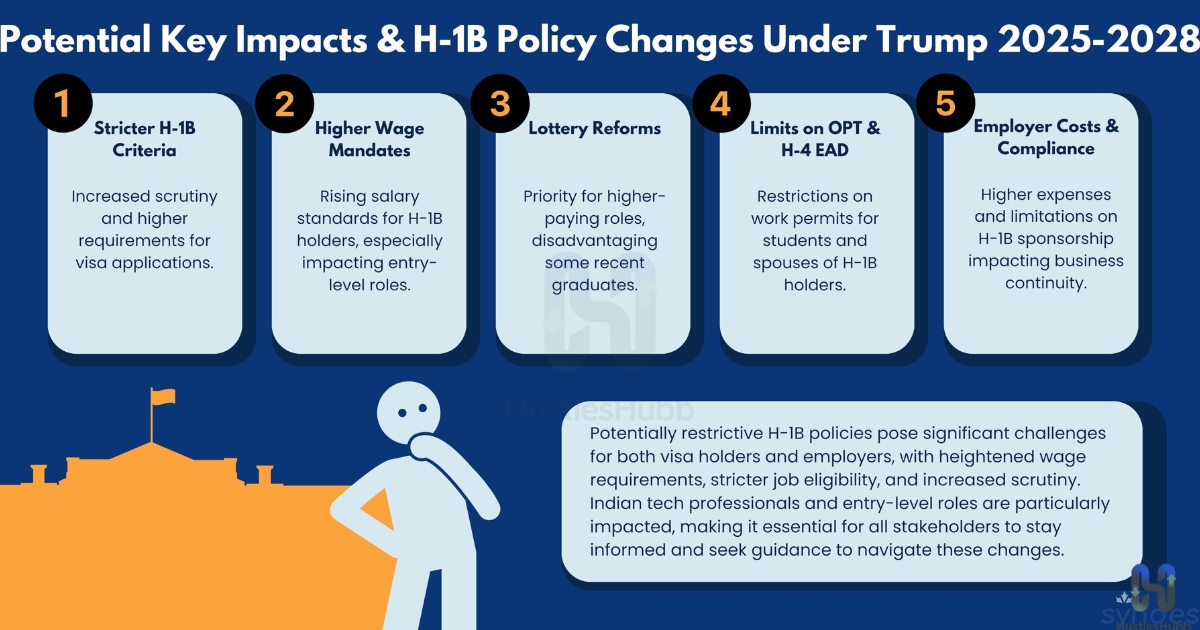
For skilled immigrants, the burden is immense. Even if employers cover some costs, many applicants will be discouraged from pursuing opportunities in the U.S. With the visa lottery system already competitive, the new rules may push workers toward friendlier destinations such as Canada or Europe.
The new policy could also create a deeper visa backlog. If fewer companies apply due to costs, the distribution of visas might shift, leaving some industries without essential specialized workers. This change could harm not only the tech industry but also the healthcare and research sectors.
Comparative Analysis of H1B Visa Fees in Previous Years
Previously, the cost of applying for an H1B visa was just a few thousand dollars, depending on processing and legal fees. The jump to a $100,000 application fee represents the largest single increase in the program’s history.
A look at visa fees worldwide shows stark differences. Canada charges less than $1,000, while the U.K. averages under $2,000. In contrast, the U.S. will now have the most expensive work visa program, creating major concerns about its ability to attract foreign-born workers.
| Country | Average Visa Fee | Renewal Option |
| United States (2025) | $100,000 annually | 3 years + 3 years |
| Canada | $1,000 | 3 years |
| United Kingdom | $2,000 | 5 years |
| Australia | $4,000 | 4 years |
Economic and Job Market Consequences of the New Policy
In the short term, American labor may benefit from reduced competition. However, many tech companies argue that they will struggle to find qualified candidates domestically. This could weaken the overall strength of the U.S. technology sector.
Over the long term, America risks losing its edge in global innovation. If skilled immigrants choose other countries, U.S. industries may fall behind in AI, biotech, and software. Economists warn that this could reduce U.S. competitiveness in the global market.
Reactions from Tech Giants, Startups, and Business Leaders
The announcement sparked immediate backlash. Figures like Elon Musk and Vivek Ramaswamy defended the H1B visa program, arguing it supports growth and innovation. Their support, however, drew criticism from MAGA loyalists who favor strict visa restrictions.
Meanwhile, many CEOs have expressed concern that the immigration crackdown will push talent abroad. A statement published in the New York Post captured this divide, with some leaders insisting on reform rather than the destruction of the work visa program.
H1B Visa vs. Permanent Residency – $100K vs. $1M Fees
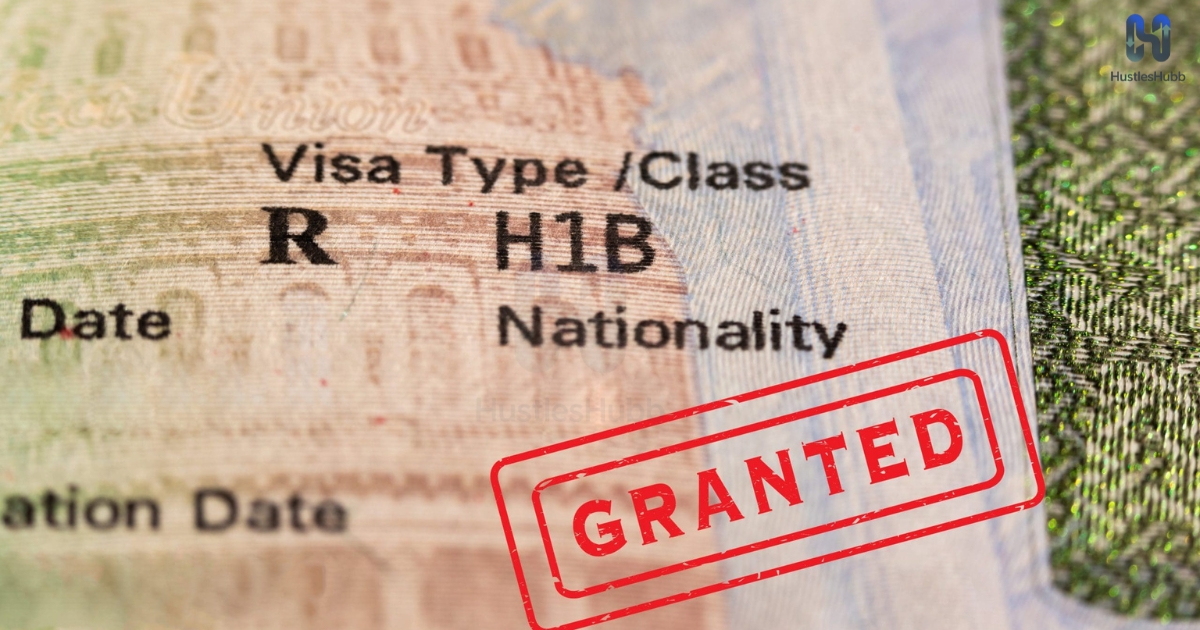
The gold card program is another controversial piece of this policy. For $1 million gold card visa, wealthy individuals can fast-track permanent residency. Alternatively, companies can pay $2 million company sponsorship to secure faster entry for employees.
This creates a two-tier system. On one side are skilled immigrants struggling with high H1B visa fees, and on the other are wealthy applicants who can bypass the system entirely. Critics argue this undermines fairness in legal immigration.
Future of H1B Visa Program Under Changing U.S. Immigration Policies
The future of the H1B visa program is uncertain. Trump has shifted positions over time, sometimes defending the program and other times attacking it. During the 2016 campaign, he criticized it, while in the 2024 campaign, he suggested more openness.
Some believe future administrations may revise or roll back the $100,000 fee. Others fear the COVID-19 pandemic and growing nationalist sentiment could push the U.S. toward even stricter visa restrictions. If that happens, the world’s best talent may choose countries that welcome them instead.
FAQs
Who qualifies for an H-1B visa?
Foreign workers with specialized skills, usually holding at least a bachelor’s degree, qualify for an H-1B visa.
Does an H-1B visa lead to a green card?
Yes, many H-1B visa holders apply for permanent residency through employer sponsorship.
What are H-1B visas?
The H-1B visa is a U.S. work visa that allows companies to hire skilled foreign workers for specialized roles.
How much does the H-1B visa cost?
In 2025, the application fee is $100,000 plus additional processing costs.
What is the minimum salary for an H-1B visa?
Employers must pay the prevailing wage, often starting around $60,000–$70,000, depending on the job and location.
Read Also: Barack Obama Net Worth 2025: Surprising Facts

Welcome to Hustles Hubb! I’m Shafqat Amjad, an AI-Powered SEO and Content writer with 4 years of experience.
I help websites rank higher, grow traffic, and look amazing. My goal is to make SEO and web design simple and effective for everyone.
Let’s achieve more together!
